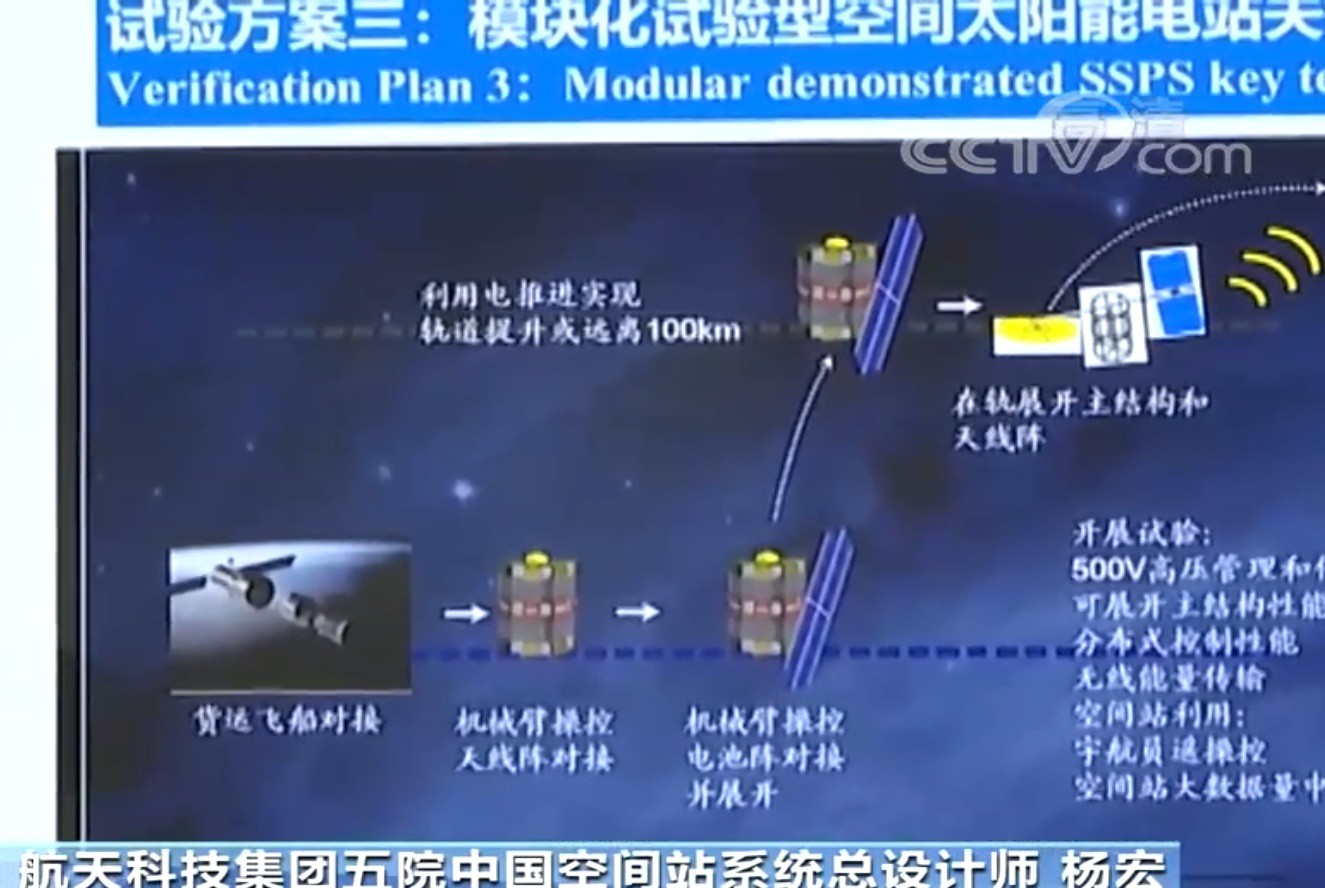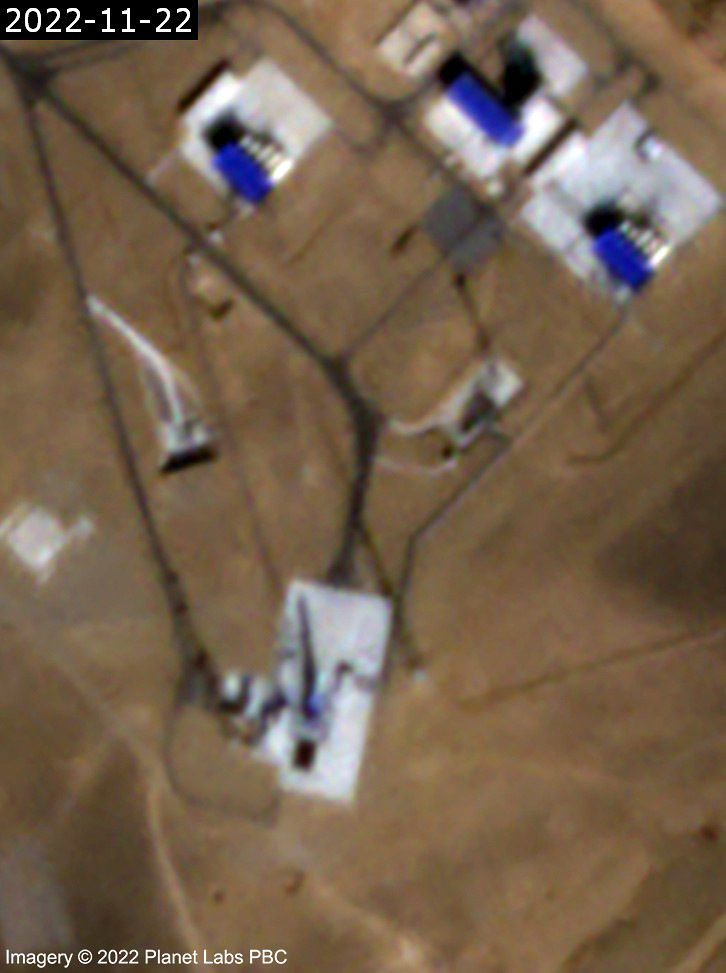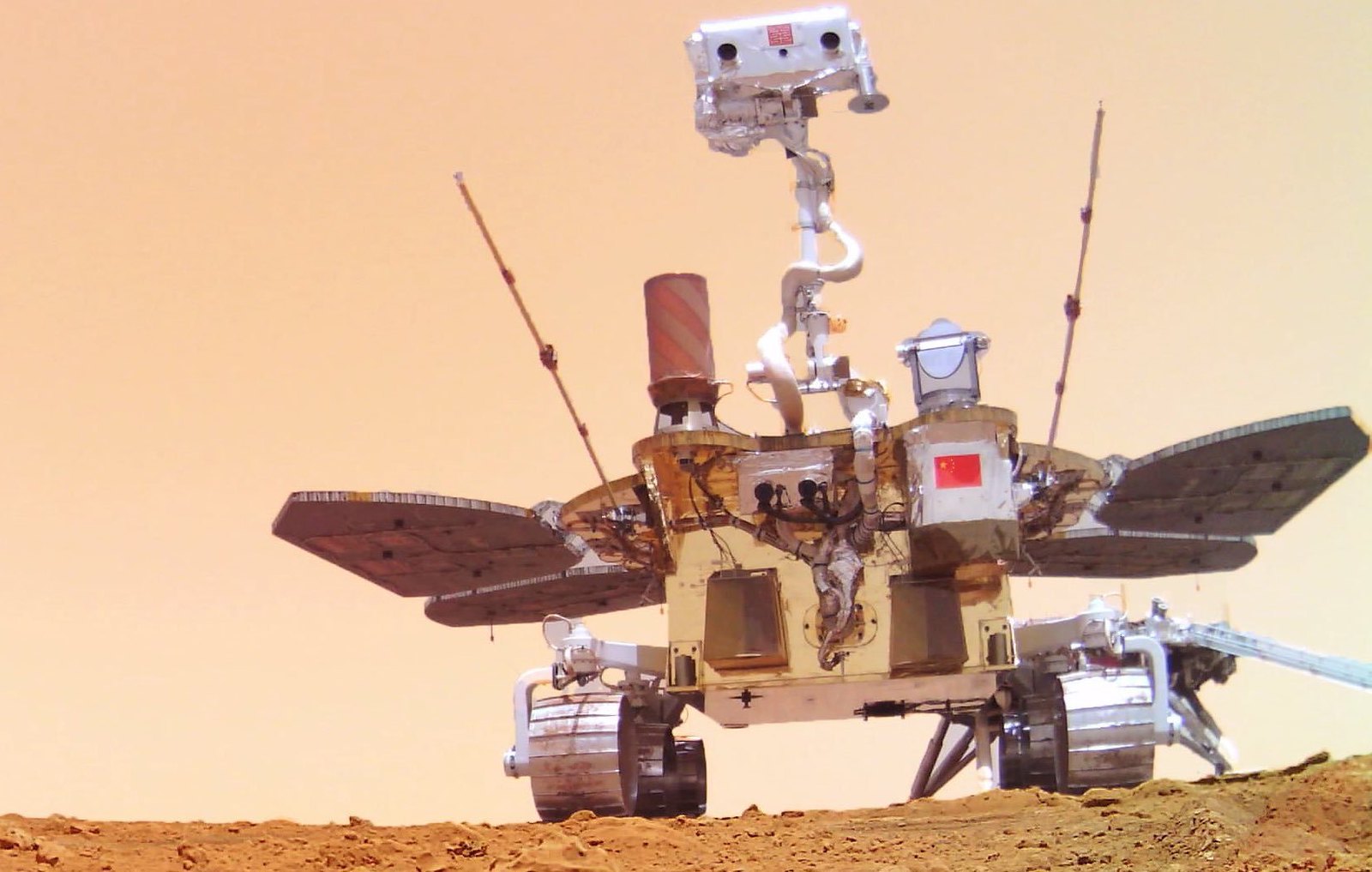Call me cynical but I am quite suspicious of the whole concept behind the Starship. I am not an expert, but as far as I see:
- Very few applications require a lifting capacity of 50+ tons to LEO. Only manned moon and Mars missions need it.
- Tanker rockets and in-space refueling is a weird concept that is only needed when you need to send heavy and indivisible payloads. Otherwise, you would just launch more spacecraft. The only scenario that makes sense here is a manned Mars mission.
- The steel construction, tank pressurization and planned hot gas RCS thrusters of the second stage only make sense for manned Mars missions.
- Do you really need reusability in the second stage unless you are going to return people from Mars? You don't. Reusability is not very beneficial for upper stages which are small but generate most of the delta V. A very complex second stage like the Starship's decreases useful payload a lot.
- You shouldn't sacrifice performance in the second stage by using Methalox instead of Hydrolox. Methalox only makes sense for a manned Mars mission scenario.
- Earth-to-Earth suborbital transportation is a bad idea. I don't think we should even discuss this.
So most of the features of the Starship are for a potential Mars mission. But will it be enough for such a mission or even sending humans to Mars makes sense? I am hopefully wrong but the answer to both might be no.
Yes it is way too big. Remember we had to dump the Saturn V rocket and Energia because they were too expensive. There is no point in making a rocket you will only use once every other year. As is the Falcon 9 family is already stretching the limits. The Falcon 9 Heavy already has more payload than the Delta IV Heavy. 26.7t vs 14.2t to GTO. And how of those Delta IV flew? Not that many. Delta IV Heavy flies like once a year at best.
Musk is basically banking on Starlink becoming a success. But I doubt it will be cost effective against 5G wireless data. Much like Iridium against 3G it will have to survive on DoD money. But I think even the US government will balk at the cost of keeping Starlink up. The cost is going to be gargantuan.
It is basically a rocket chasing a market which does not exist. Musk is a visionary but he has been close to bankruptcy more than once. Eventually he will be bankrupt for real at this rate.
I have nothing against in orbit refueling. In fact it is one of the possible answers to make more complex Moon or Mars missions possible. But even the experts now claim you do not need Starship to do a Mars mission. Falcon Heavy can do it just fine.
I think the whole design is constrained by the idea the second stage must both be capable of doing landings and doing a Mars trip. I think doing both on the same vehicle is bonkers. It makes way more sense to do a Mars transit with either solar-electric or nuclear-electric. Doing with a chemical engine means you need to haul huge amounts of fuel and of course that means loads of weight and volume.












